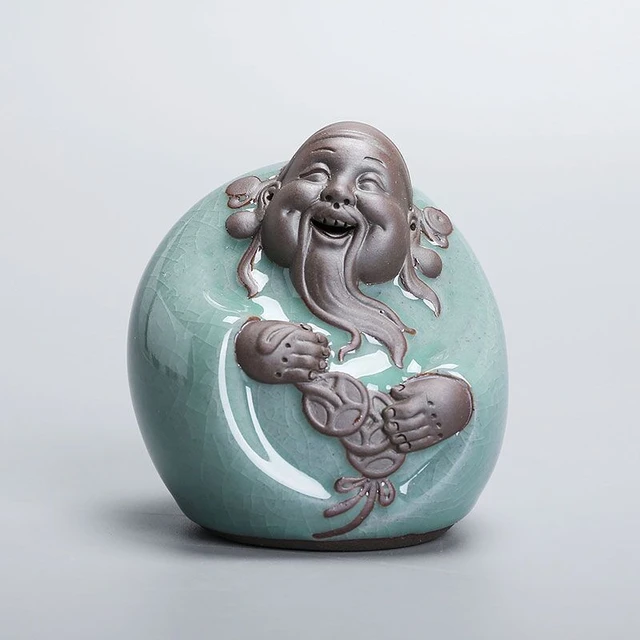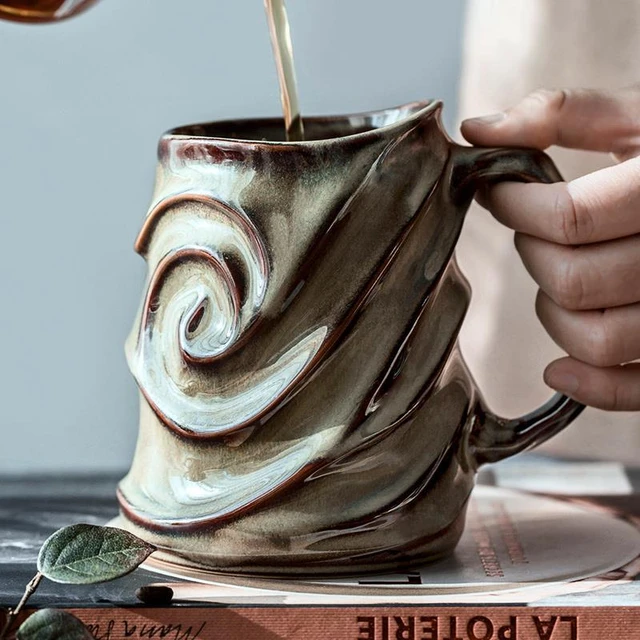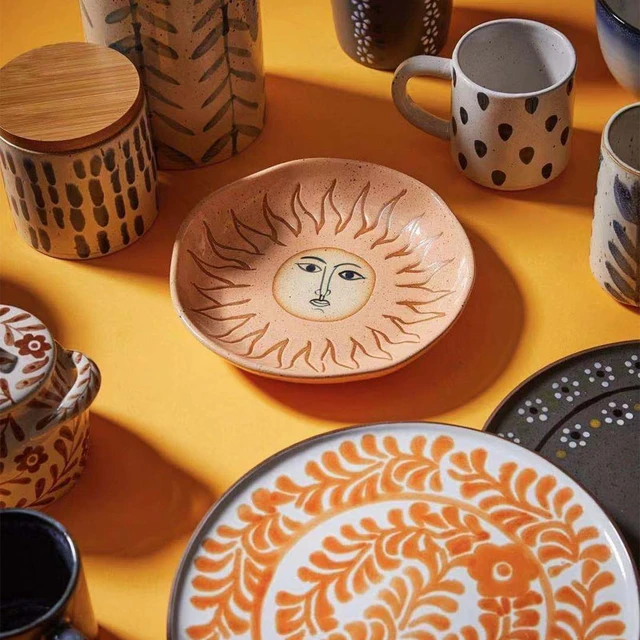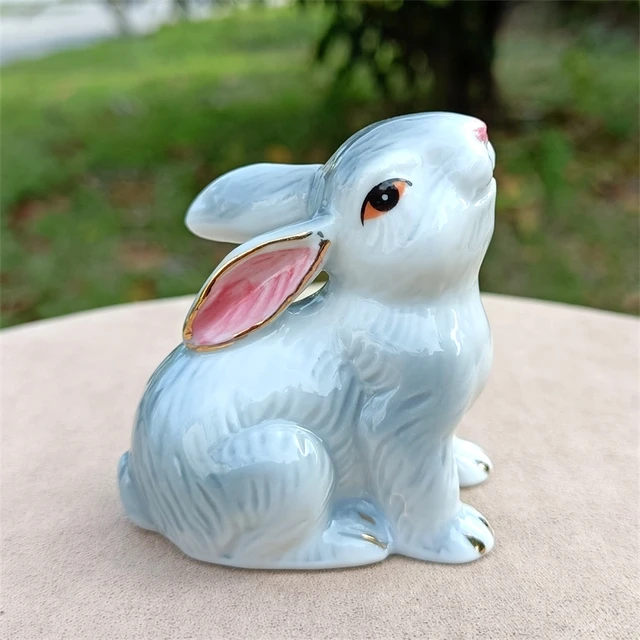 Introduction:
Introduction:
Freestyle ceramics is a unique form of pottery that encourages creativity, self-expression, and artistic exploration. Unlike traditional pottery techniques that adhere to specific rules and patterns, freestyle ceramics provides artists with the freedom to experiment, improvise, and create one-of-a-kind pieces. In this comprehensive article, we will delve into the world of freestyle ceramics. From its origins and techniques to the benefits and artistic possibilities, freestyle ceramics offers a limitless canvas for artists to unleash their imagination and showcase their talent.
 Here are some common forms of ceramics:
Here are some common forms of ceramics:
Ceramics can be found in various forms and serve a wide range of purposes. Here are some common forms of ceramics:
Pottery:
It refers to objects made from clay that is hardened by heat, such as bowls, vases, plates, and cups. Pottery can be functional or decorative and is created through techniques like throwing, molding, or hand-building.
Tiles:
Ceramic tiles are flat, thin pieces made from clay or porcelain. They are commonly used for flooring, walls, and backsplashes in kitchens and bathrooms. Ceramic tiles are available in various sizes, shapes, colors, and patterns.
Porcelain:
Porcelain is a type of ceramic composed of fine clay and other minerals. It is known for its strength, durability, and translucent appearance. Porcelain is commonly used for tableware, decorative items, and fine china.
Bricks:
Brick is a construction material made by molding clay into rectangular shapes and then firing it at high temperatures. Bricks are widely used in building walls, chimneys, and other structural elements due to their strength, insulation properties, and resistance to fire.
Refractories:
Refractory ceramics are specially designed to withstand high temperatures and harsh conditions. They are used in industries such as steel, glass, and cement manufacturing, where they provide insulation, corrosion resistance, and wear resistance.
Sanitaryware:
Sanitaryware refers to ceramic products used in bathrooms and toilets, such as toilets, sinks, and bathtubs. Ceramic sanitaryware is valued for its durability, resistance to water and chemicals, and ease of cleaning.
Glass Ceramics:
Glass ceramics are a unique category of ceramics that combines the properties of glass and ceramics. They are created by controlled crystallization of certain glass compositions. Glass ceramics are used in cookware, dental restorations, and heat-resistant products.
Oxide Ceramics:
Oxide ceramics, such as alumina, zirconia, and silicon carbide, are known for their exceptional mechanical, thermal, and electrical properties. They find applications in the manufacturing of cutting tools, electrical insulators, and high-temperature components.
These are just a few examples of the diverse forms of ceramics. Ceramics are versatile materials valued for their strength, heat resistance, electrical insulation, and aesthetic qualities, making them essential in numerous industries and everyday objects.
 Origins and Evolution of Freestyle Ceramics
Origins and Evolution of Freestyle Ceramics
Breaking Away from Tradition:
Freestyle ceramics emerged as a response to the constraints of traditional pottery techniques.
Artists sought to break free from the established rules and explore innovative forms of artistic expression.
Influence of Modern Art Movements:
Freestyle ceramics draws inspiration from various modern art movements, such as abstract expressionism and non-objective art.
These movements encouraged artists to embrace spontaneity, personal interpretation, and individual creativity.
Techniques and Approaches in Freestyle Ceramics
Hand-Building:
Hand-building techniques, such as coiling, pinching, and slab construction, are commonly used in freestyle ceramics.
These techniques allow artists to shape clay freely and create unique forms that reflect their artistic vision.
Surface Decoration:
Artists employ various surface decoration techniques, including carving, impressing, and painting, to add visual interest and texture to their ceramic pieces.
Experimentation with glazes, oxides, and underglazes enhances the artistic expression and individuality of the artwork.
Benefits and Advantages of Freestyle Ceramics
Creativity and Self-Expression:
Freestyle ceramics offers artists the freedom to express their unique perspectives, ideas, and emotions.
The process encourages creative problem-solving and fosters individuality in artistic expression.
Versatility and Experimentation:
Freestyle ceramics allows artists to experiment with different techniques, materials, and forms.
This versatility cultivates artistic growth, as artists continuously push boundaries and explore new possibilities.
Emotional and Therapeutic Outlet:
Working with clay in a freestyle manner can provide a therapeutic and meditative experience.
The tactile nature of ceramics allows artists to channel their emotions, relieving stress and fostering mindfulness.
Artistic Possibilities and Inspiration
Sculptural Ceramics:
Freestyle ceramics provides a platform for artists to create sculptural pieces that push the boundaries of traditional ceramic art.
Artists manipulate clay to form unique shapes and structures that blur the line between pottery and sculpture.
Abstract and Conceptual Art:
Artists in freestyle ceramics embrace abstract and conceptual art approaches, creating pieces that challenge viewers’ perception and invite contemplation.
They may incorporate symbolic motifs, experiment with color and texture, and explore thought-provoking concepts.
Installation Art and Mixed Media:
Freestyle ceramics intersects with installation art by incorporating ceramics as part of larger-scale installations or mixed-media artworks.
Artists combine ceramics with other materials, such as metal, wood, or found objects, to create multi-dimensional and immersive art experiences.
 Here are some daily maintenance and care tips for freestyle ceramics:
Here are some daily maintenance and care tips for freestyle ceramics:
Freestyle ceramics, or ceramics used in artistic and creative projects, require regular maintenance and care to ensure their longevity and preserve their appearance. Here are some daily maintenance and care tips for freestyle ceramics:
Dusting:
Regularly dust off your ceramic pieces using a soft, dry cloth or a brush with soft bristles. This helps remove any loose dirt or dust that may accumulate on the surface of the ceramics.
Cleaning:
To clean freestyle ceramics, use a mild soap or ceramic-specific cleaning solution mixed with warm water. Gently wipe the ceramics with a soft cloth or sponge, taking care not to scrub too hard to avoid any damage or scratching.
Avoid Abrasive Cleaners:
Avoid using harsh or abrasive cleaners on freestyle ceramics, as they can potentially scratch or dull the surface. Stick to gentle cleaning solutions and materials to maintain the integrity of the ceramics.
Storing and Displaying:
When it comes to storing or displaying freestyle ceramics, ensure they are placed in a safe and stable environment where they won’t be easily knocked over or damaged. Use display stands, shelves, or protective cases, if necessary, to keep them secure and protected.
Avoid Extreme Temperatures:
Freestyle ceramics can be sensitive to extreme temperatures. Avoid exposing them to sudden or drastic temperature changes, such as placing them in hot ovens or freezing temperatures. These extreme conditions can cause cracking or breakage.
Handle with Care:
When handling freestyle ceramics, always use caution and handle them with care. Avoid dropping or mishandling the ceramics, as they can break or chip. Additionally, be mindful of sharp edges or delicate parts that may be more prone to damage.
Protection from Sunlight:
Some types of ceramics can be affected by prolonged exposure to direct sunlight, which can cause fading or discoloration over time. If your freestyle ceramics are displayed in areas with lots of sunlight, consider using UV-protective coatings or shading to reduce the impact of sun exposure.
Professional Restoration:
If your freestyle ceramics experience significant damage or deterioration, consider consulting a professional ceramic restorer or conservator. They have specialized knowledge and skills to properly repair and restore ceramics to their original condition.
Remember, regular maintenance and care are key to preserving the beauty and integrity of freestyle ceramics. By following these tips, you can enjoy your ceramics for years to come and showcase them in their best possible condition.
 Conclusion:
Conclusion:
It is a vibrant and liberating form of artistic expression within the realm of pottery. Through its departure from traditional techniques and rules, freestyle ceramics provides artists with a platform to unleash their creativity, explore new possibilities, and express their unique visions. From hand-building techniques and surface decoration to the myriad of artistic possibilities, freestyle ceramics challenges conventions and encourages artistic growth. This dynamic and compelling art form continues to inspire artists and captivate viewers, pushing the boundaries of what can be achieved through clay and ceramics.



